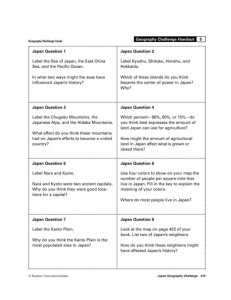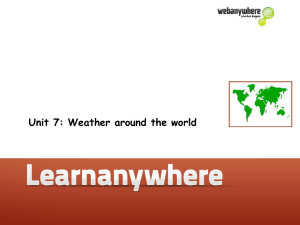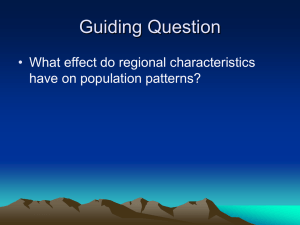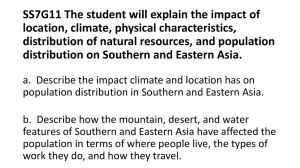Medieval Europe The Middle Ages
advertisement
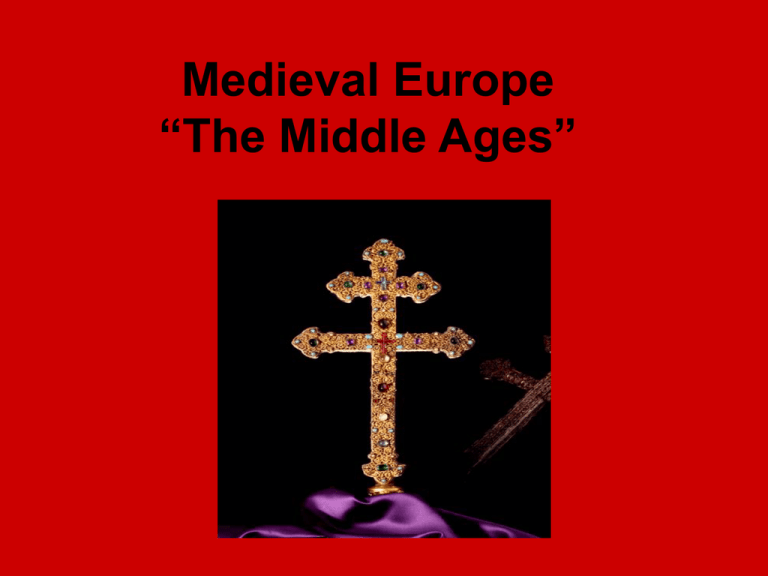
Medieval Europe “The Middle Ages” Why was this period referred to as “The Middle Ages”? It was the period between two very important times…the Fall of the Roman Empire and the Renaissance. In the middle – The Middle Ages Many people thought that nothing important happened during this period. They were wrong! The Early Middle Ages • • • • The Geography of Europe Europe After the Fall of Rome Feudalism and Manor Life Feudal Societies We will begin today with the Geography of Europe. PLEASE TURN TO PAGE 230 IN YOUR TEXT GEOGRAPHY OF EUROPE • CHAPTER 9 • LESSON 1 • Students will identify the physical features and compare and contrast the regions of Europe on a graphic organizer. TODAY’S FOCUS QUESTION: • How did the topography of Europe shape life in each region? Let’s begin with the word GEOGRAPHY. What does it mean? The Geography of Europe • Geo means EARTH • “Ography” or “graphy” refers to the study of something. RAISE YOUR HAND IF YOU KNOW WHAT THE TERM TOPOGRAPHY MEANS? Hint: I see top. Another hint: Where have you heard the part of the word “ography” before? Topography refers to the shape and elevation of land in a region. CLIMATE VS. WEATHER CLIMATE The prevailing or AVERAGE weather conditions of a place. It is determined by the temperature and precipitation changes over a period of years. It is often described by words like “mild” or “harsh”. How would you describe Fresno’s climate? Remember to think of our AVERAGE. Would we be mild or harsh? There is actually a name for our type of climate. It is called a MEDITERRANEN CLIMATE. WHERE HAVE WE HEARD THAT NAME BEFORE? Mediterranean Climate Climate determines what can be grown in a region. In Fresno, we can grow grapes and oranges because we have a long, warm growing season. We don’t have many days with freezing temperatures. We also grow olives, which grow well in warm, dry climates. Where else in the U.S. are oranges grown? Do you know why? What does weather mean? What is the weather in Fresno today? Is the weather the same every day? How did the geography of Europe shape different ways of life? It influenced what crops people have grown and where cities developed. Mediterranean farmers grew hardy crops such as olives in the dry, warm areas of southern Europe. Cities grew along rivers such as the Rhine, so people and goods could be moved easily. Many people settled along the coasts, using the sea for the resources they needed. Southern Europe Many mountains served as protection from invasion. How would mountains provide protection? Southern Europe Because it had so many peninsulas, people didn’t live far from the sea. As a result, many became traders and seafarers. Northern Europe Many people settled in towns along the rivers. In the open fields around the cities, a variety of crops were grown on the fertile soils. The flat land made farming and transportation easier, but it also had a major drawback. What happened because there were no mountains? INVASIONS! There were no mountains in Northern Europe for protection against invaders. The most frightening invaders of all were the Vikings from Scandinavia. The Vikings could sail their ships up rivers, so the raids weren’t limited to the coastal areas. The attacks were swift and savage, and Europeans lived in terror of Viking raids. Where have we seen a Viking before? SCANDINAVIAN WARRIORS! SCANDINAVIA The highest mountains in Europe called Alps. Europe’s largest peninsula. FOCUS QUESTION: How did the topography of Europe shape life in each region? The shape and elevation of land in a region is called Elevation Geography Topography Biology The large land mass that includes both Europe and Asia is called Asrope Eurasia Middle East Far East The highest mountains in Europe are called Foothills Alps Euro Range Scandinavian Mountains The Ural Mountains are what geographers consider to be The tallest mountains of Europe. The tallest mountains of Asia. The northern most mountains in the world. The boundary between Europe and Asia. The land known as the peninsula of peninsulas is Europe Asia Eurasia Scandinavian



